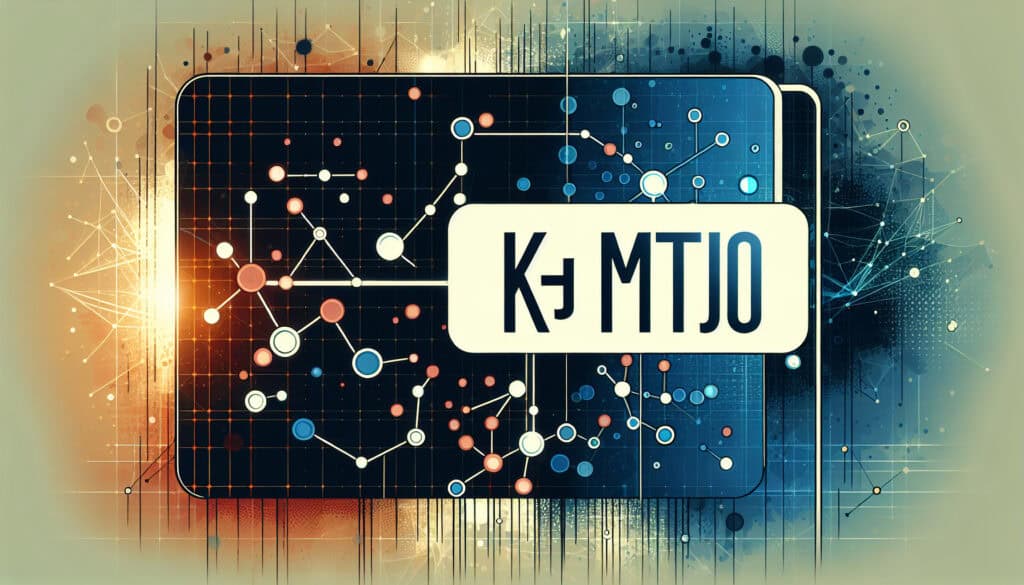To organize and structure a large amount of qualitative data.
- 方法: 人体工程学
K-J 方法

K-J 方法
- 集思广益, 持续改进, 设计思维, 构思, 解决问题的技巧, 质量控制, 质量管理, 根本原因分析, 以使用者為中心的設計
目标
如何使用
- Also known as the affinity diagram, it is a brainstorming and problem-solving technique that is used to organize a large number of ideas or data points into groups based on their natural relationships.
优点
- Simple and easy to use; Helps to identify patterns and themes in qualitative data.
缺点
- Can be time-consuming to perform with a large group of people; The results can be subjective and depend on the interpretation of the participants.
类别
- 构思, 解决问题
最适合:
- Organizing and analyzing qualitative data from a brainstorming session or user research.
The K-J Method, or affinity diagram, is widely applied in various industries including software development, healthcare, automotive, and consumer goods design. It proves particularly useful during the early stages of product development and design thinking processes, where teams 从事 in gathering extensive qualitative data from brainstorming sessions, user feedback, or market research. Stakeholders such as product managers, designers, engineers, and marketing professionals often collaborate in this methodology to maximize idea generation and streamline decision-making. The effectiveness of the K-J Method lies in its ability to bring participants together, encouraging dynamic discussions and ensuring that voices from different sectors are heard. As participants categorize ideas into related groups, patterns and themes emerge that can inform subsequent phases like prototyping and testing. This approach not only aids in organizing large volumes of information but also fosters collective ownership of the design concepts generated, ultimately leading to enhanced innovation outcomes. It is advisable for teams to establish clear objectives prior to engagement with the K-J Method to ensure that outputs align with project goals, facilitating a more focused and productive session. Organizations such as design consultancies and tech startups have harnessed this method to refine product features based on 以用户为中心 insights effectively, enabling them to respond more adeptly to market demands. The simplicity of the K-J Method ensures that it can be deployed in both remote and in-person settings, making it a versatile tool within any collaborative space.
该方法的关键步骤
- Write down each idea or data point on a separate sticky note or card.
- Post all notes on a wall or board without grouping them initially.
- Review the notes collectively and identify similar ideas or themes.
- Group related notes together to form clusters based on shared characteristics.
- Label each group with a descriptive header that captures its essence.
- Discuss and refine the clusters to ensure clarity and relevance.
- Prioritize groups for further exploration or action based on project needs.
专业提示
- Ensure diverse team composition during the K-J Method sessions to capture a wider range of perspectives and ideas.
- Utilize digital tools for real-time collaboration and organization, allowing for easier manipulation of ideas during virtual brainstorming sessions.
- Periodically revisit and refine the organized groups to adapt to evolving project needs and to incorporate new data as it emerges.
历史背景
1949
1950
1950
1960
1960
1960
1960
1940
1950
1950
1958
1960
1960
1960
1960
(如果日期不详或不相关,例如 "流体力学",则对其显著出现的时间作了四舍五入的估计)。















相关文章
制造运营管理(MOM)
制造执行系统(MES)
生产控制计划
人工测试
手动搬运评估表 (MAC)
手动任务风险评估工具(ManTRA)